Two words: Armor everywhere.
Features:
- V-Tail
- Six 23mm NS-23 cannon
- Two 37mm N-37 cannon
- Armor everywhere
- Four 500 pound bombs
- Twelve RS-82 rockets
- Flaps
- Custom landing gear
Note: If your inlets get damaged, your engine power will be reduced.
History:
(The text may seem weird, because Google Translate was used.)
In 1948, the OKB conducted surveys on armored attack aircraft with turbojet and turboprop engines, and variants with powerful piston engines were considered. The same work was carried out in the Design Bureau S.V. Ilyushin.
In the autumn of 1948, some of the results of these developments were presented for consideration to the MAP, where the draft plan for pilot aircraft construction for 1949-50 was already in full swing. One of the themes of the Air Force application plan was the creation of an “Armored attack aircraft with a controlled cannon armament ". MAP, taking into account the developments of the OKB P.O. Sukhoi and S.V. Ilyushin, responded to the proposal of the Air Force with two rocket attack aircraft: S.V. Ilyushin TVD and P.O. Sukhoi with TRD.
In November, the Deputy Chairman of the Air Force Air Force, Major General of the IAS, N.A. Zhemchuzhin, presented to the Commander-in-Chief of the Air Force his views on this proposal:
“... 1. Attack plane with VK-1. Creating an attack aircraft with TKRD is of great experimental interest.
The project t. Sukhoi satisfies the TTT Air Force in the range of speeds, bomb load and equipment. Not satisfied by:
The run (850 m instead of 550 m), range (1000–1200 km instead of 1200–1700 km), armament (4 × NR-23 instead of 6 × NR-23).
This aircraft is included in the draft plan of the pilot aircraft for 1949–50.
It is advisable to support the proposal of T. Sukhoi provided that the number of barrels of the front guided guns increases from 4 to 6, while it is possible to reduce the b / reserve for each gun from 250 to 150 cartridges and leave two 23 mm on the rear installation instead of two guns.
2. Attack plane with VK-2. The draft plan for 1949–50. MAP has included a suggestion from Comrade Ilyushin - an armored experimental attack aircraft from the VD-2 theater unit, satisfying the TTT Air Force. For the Air Force, it is desirable that this topic be duplicated also by t. Sukhoi, but the MAP is against it.
The project of Sukhoi according to its data satisfies the TTT Air Force, but requires specification of the layout (issue with V-shaped tail, wing loading 250 kg / m², chassis with tail wheel, etc.) ... "
Resolution A.K. Vershinina:
"T. Ponomarev. Nevertheless, I think that along with the projects of the attack aircraft with a jet and turboprop engine (the latter is more real), it is necessary to do with a piston engine. It is highly desirable to do more detail the type of attack aircraft with the Dobrynin engine. Think over and report. ”
By February 1949, a draft plan for pilot aircraft construction for 1949–50. in the section “Attackers” it was planned to design and build:
"... 1. Experimental armored attack aircraft with guided artillery armament with a VK-1 engine of a design of t. Sukhoi
- crew - 2 people;
- the range of horizontal flight speeds at an altitude of 3000 m - 275–800 km / h;
- time of ascent to an altitude of 3000 m - 4 min;
- run - 850 m; with accelerators - 500 m;
- mileage - 600 m;
- flight range (V = 500 km / h, N = 3000 m, 400 kg of bombs) normal - 1000 km; from the basement tanks - 1,200 km;
- practical ceiling - 12 000 m;
- Armament forward 6 × 23 (controlled) back-up - 1 × 23; provide for 6 × ORO-132. Bomb load is normal 400 kg, maximum - 1000 kg. The deadline for submitting to GI is September 1950 ... "
The next six months, the draft plan was processed several times, agreed upon in various instances, and in the final form it provided for:
"... According to the Design Bureau of Designer t. Sukhoi:
a) approve the development and construction of an experimental jet attack aircraft with the VK-1 engine of the Sukhoi design, with the following data:
- the range of horizontal flight speeds at ? = 1500 m - 800–275 km / h;
- time of ascent to ? = 1500 m - 2 minutes;
- flight range on ? = 1500 m with V = 500 km / h with 400 kg of bombs - 900 km; with suspended tanks - 1,100 km;
- run without accelerators - 850 m; with accelerators - 500 m;
- Normal bomb load - 400 kg;
- maximum - 1000 kg;
- forward weapons - 6 × 23; back-up - 1 × 23; provide for the installation of 6 × ORO132.
- radar equipment identification transponder - “Barium-M”; ground guidance equipment - Median-Prism (to provide for installation);
- crew - 2 people.
Aircraft to submit to the GI in September 1950 ... “
On September 19, 1949, the draft plan was submitted to the USSR Council of Ministers for approval.
In parallel with the coordination of the draft plan of 1949-50. A draft 1950–51 plan was being prepared.
November 5, 1949 at the meeting of the USSR Air Force Scientific and Technical Council on the issue “On the plans for pilot construction of aircraft, piston and jet engines and research in these areas for 1950–51”, the speaker was Major General IAS N.A. Pearls noted that:
“... After the release of the Il-10 Air Force in 1944, no new attack aircraft were received.
The Il-20 attack plane built by t. Ilyushin with the M-45SH is currently mothballed.
Solving the problem of giving the pilot the greatest possible view of comrade t. Ilyushin put the pilot on the engine and could not eliminate the extremely large noise in the cockpit that made it impossible to use the radio. The plane also had other problems. This aircraft has a limited-mobility front weapon (2 positions) - the effectiveness of which was supposed to be tested in tests.
The increased requirements in terms of booking, to equip attack aircraft with new equipment, reinforcement of weapons and increase the flight range against the IL-10 aircraft, made the task of creating an attack aircraft with a piston engine very difficult.
However, if you sacrifice a few requirements for the normal range and volume of booking, it is possible to create an attack aircraft with a good overview (using a scheme with a pusher propeller) and great opportunities for installing various types of weapons. Such a scheme was proposed by Comrade Alekseev under the motor W-218 M-251.
However, the flight data of this aircraft ... is obtained significantly worse than it would be desirable to have ...
In 1948, the Air Force, with the main objective of increasing the speed of attack aircraft and achieving the most possible increase in the range of their speeds, included in the application plan a task for a attack aircraft with a turbo-compressor engine and an attack aircraft with a turboprop.
The first type was adopted for the development of m. Dry, but this task has not yet been approved by the government, therefore it is included in the application plan for 1950-51 ... "
Despite a number of original ideas, the draft design of the IL-20 was rejected as not conforming to the USSR Council of Ministers decision and tactical and technical requirements. From Table 2 it can be seen that this concerned the basic flight data and weapons. The main drawback was the low flight speed of the aircraft, which was even lower than that of the serial IL-10 (see column 7 of table 2). Offensive weapons also did not satisfy the customer. A significant increase in the midsection of the fuselage and its side surface led to a deterioration in the aerodynamics of the aircraft, an increase in the flight weight, and an increase in the possibility of enemy fire damage. Since the distribution of the armor installed on the aircraft was carried out over a large surface, the experts of the Air Force Scientific Research Institute did not see an improvement in booking compared to the IL-10.
- Alternathistory.com
Gallery:
3-view of the Sukhoi Su-14 (Reconstruction)

Layout scheme for the Sukhoi Su-14

Specifications
General Characteristics
- Created On iOS
- Wingspan 54.1ft (16.5m)
- Length 41.3ft (12.6m)
- Height 10.5ft (3.2m)
- Empty Weight 23,858lbs (10,822kg)
- Loaded Weight 38,717lbs (17,562kg)
Performance
- Power/Weight Ratio 1.741
- Wing Loading 94.3lbs/ft2 (460.6kg/m2)
- Wing Area 410.4ft2 (38.1m2)
- Drag Points 7971
Parts
- Number of Parts 173
- Control Surfaces 6
- Performance Cost 747

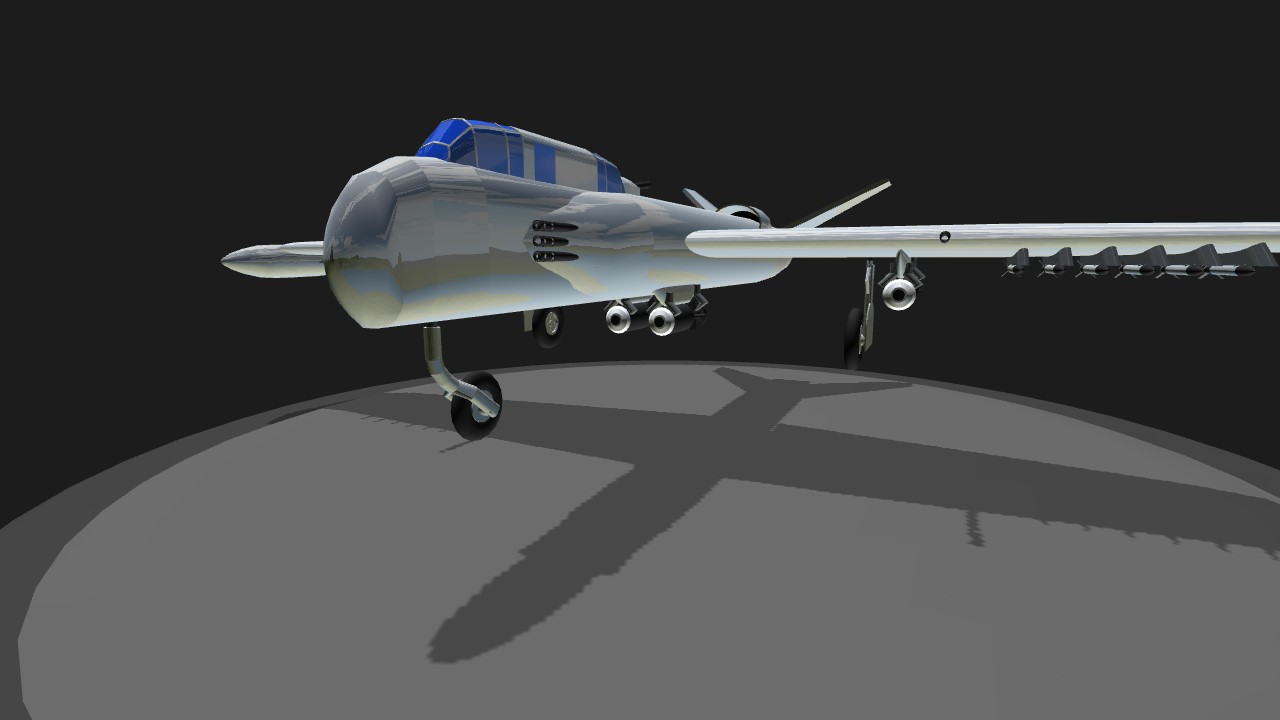
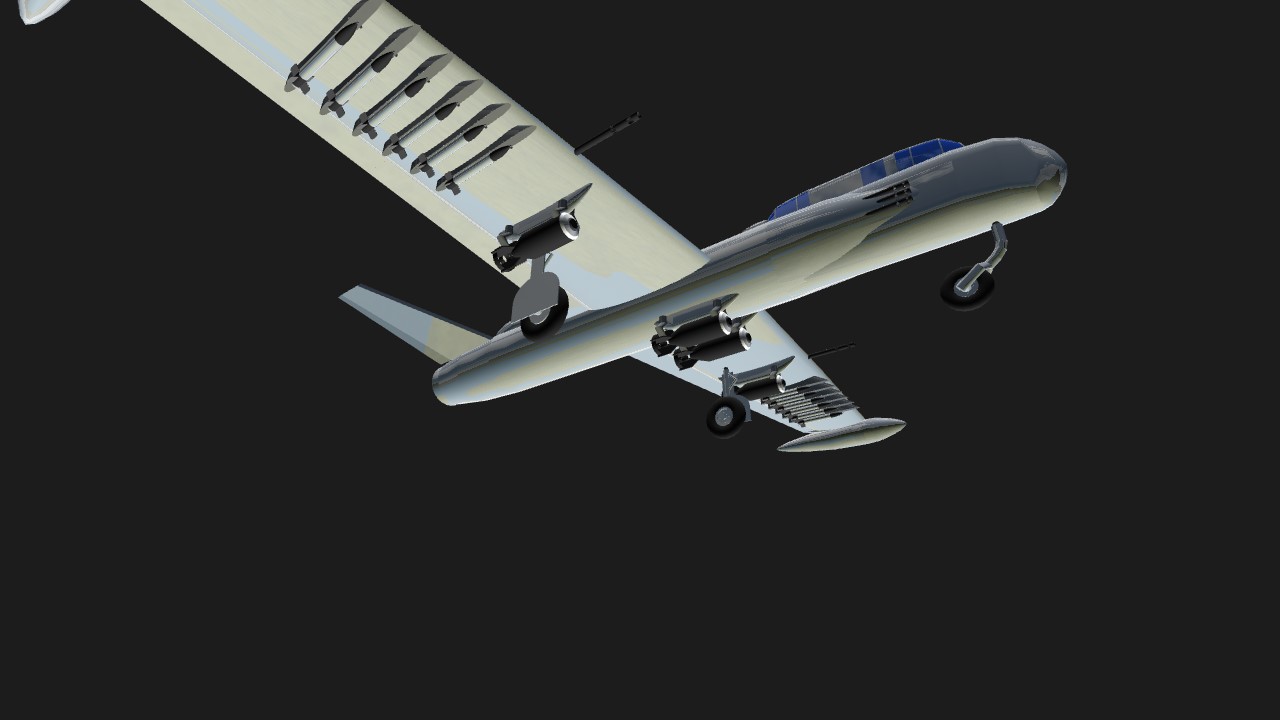
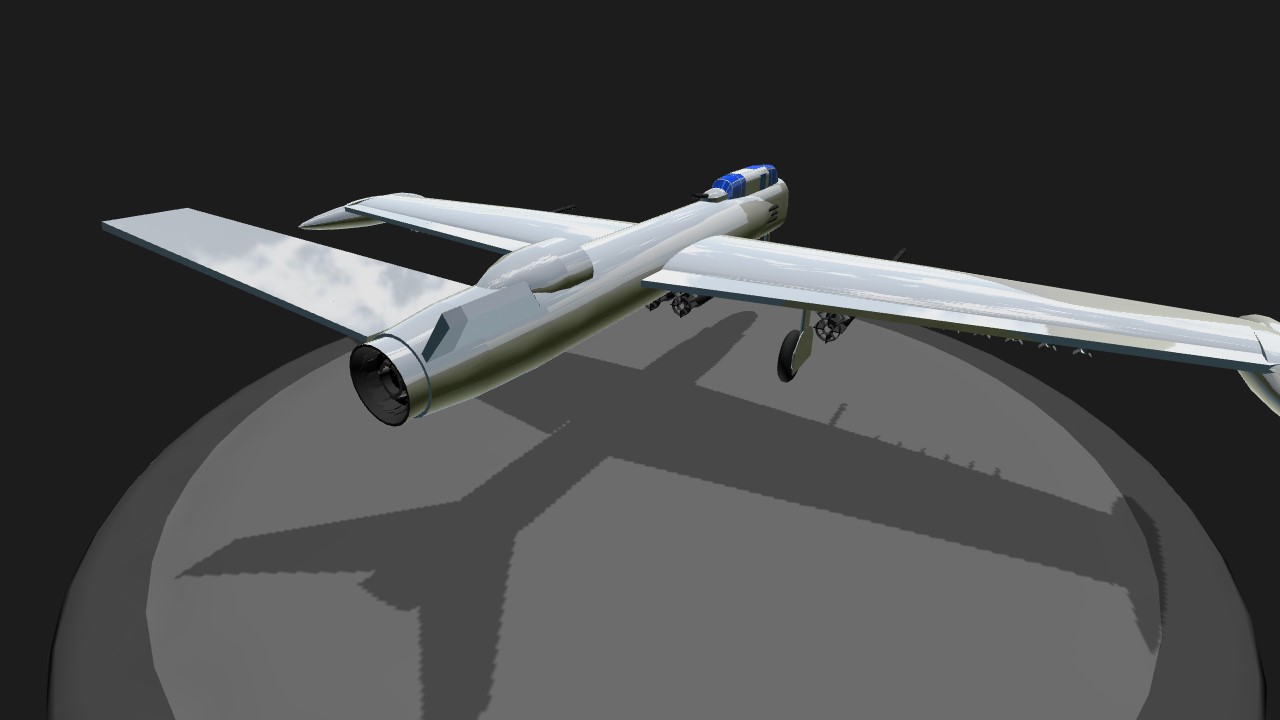
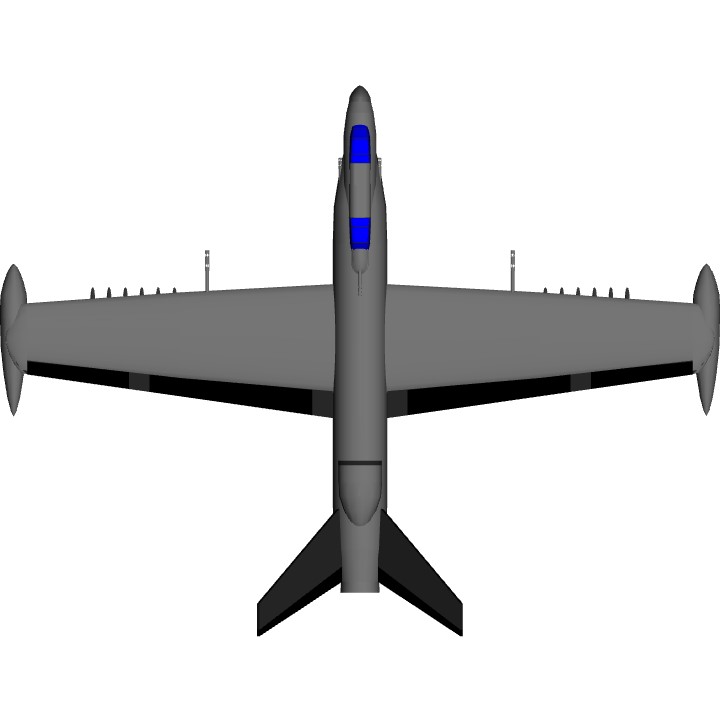
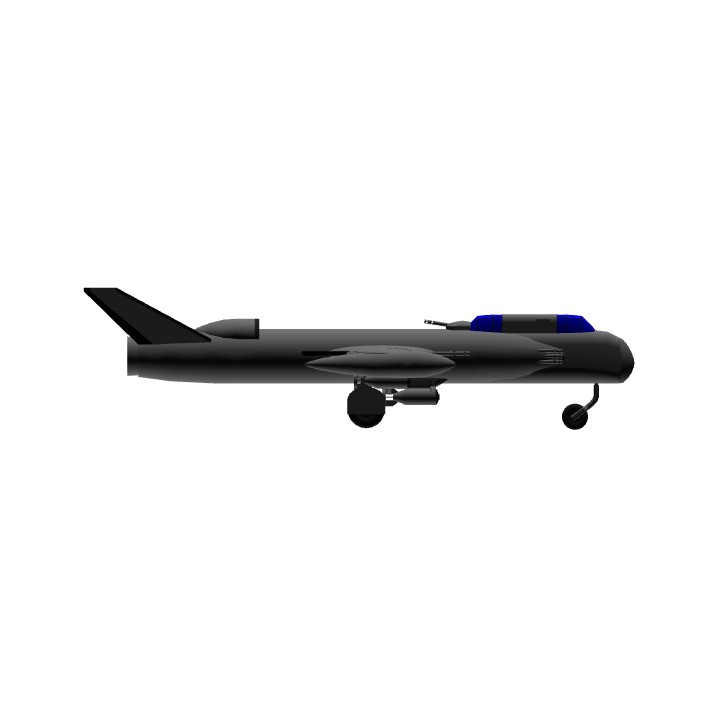
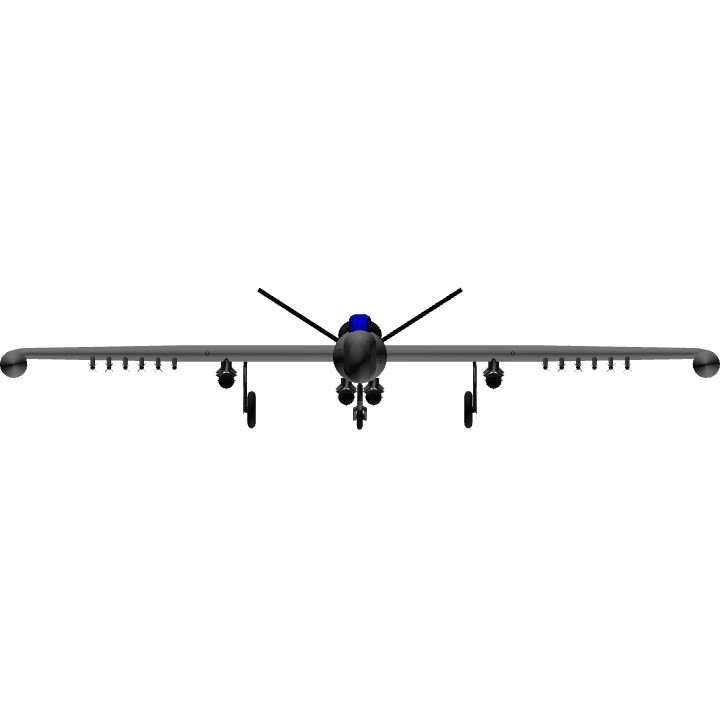
Yeah! @Trainzo
Nice replica . A new unknown Russian aircraft. Cool . We will soon be making a museum for both of us .
Thank you for the upvotes! @Tw1st3dPs7ch0 @SodiumChloride